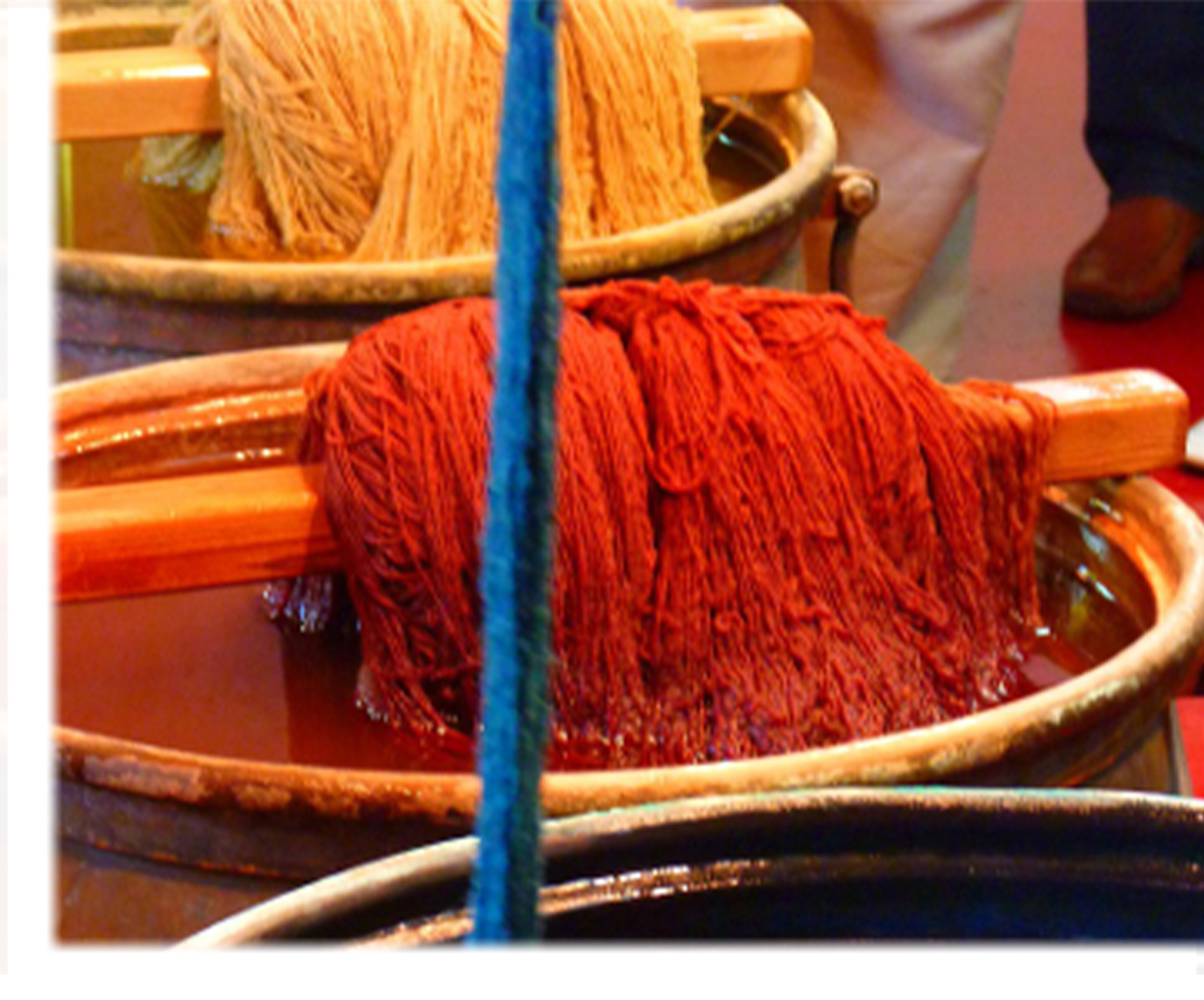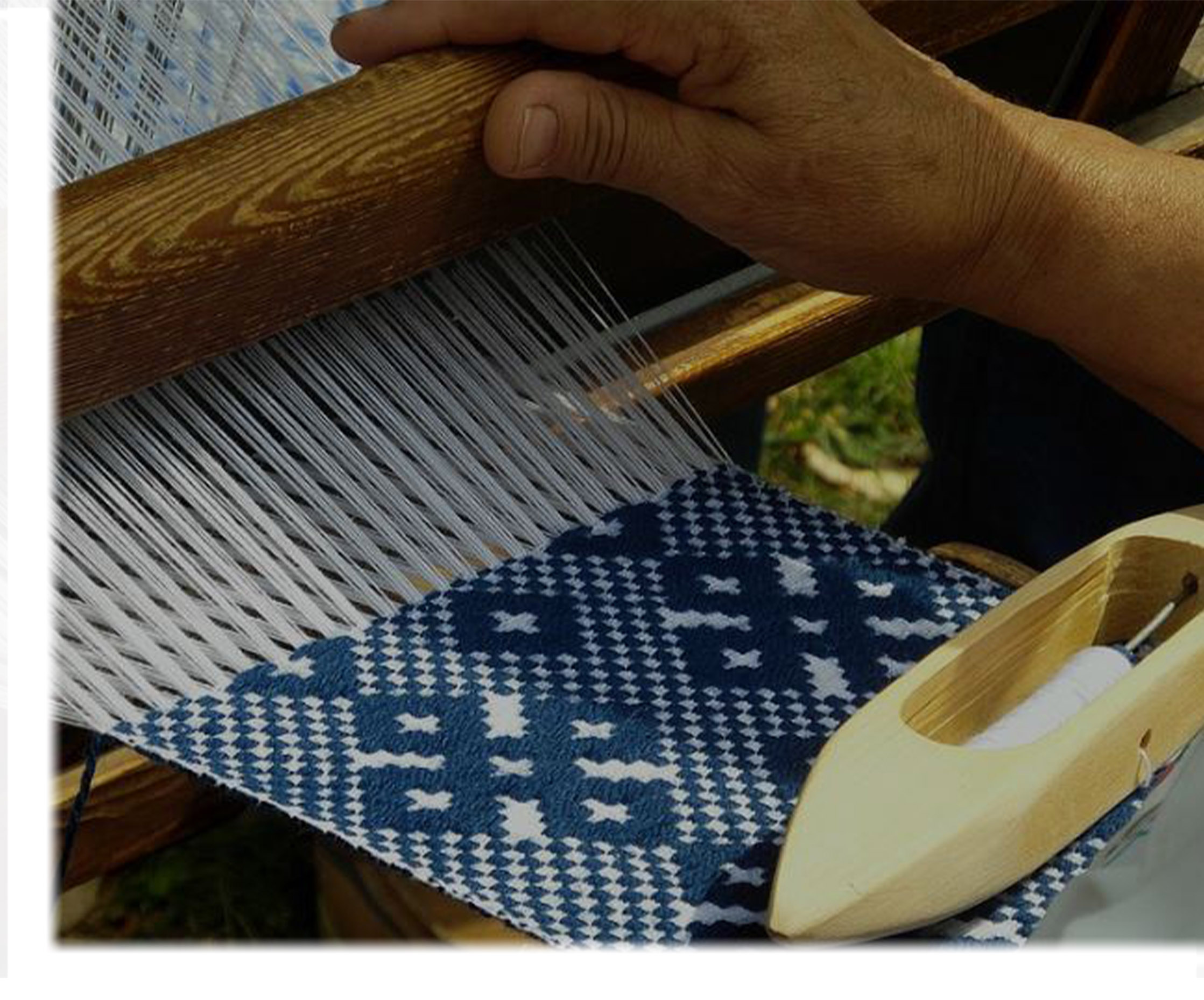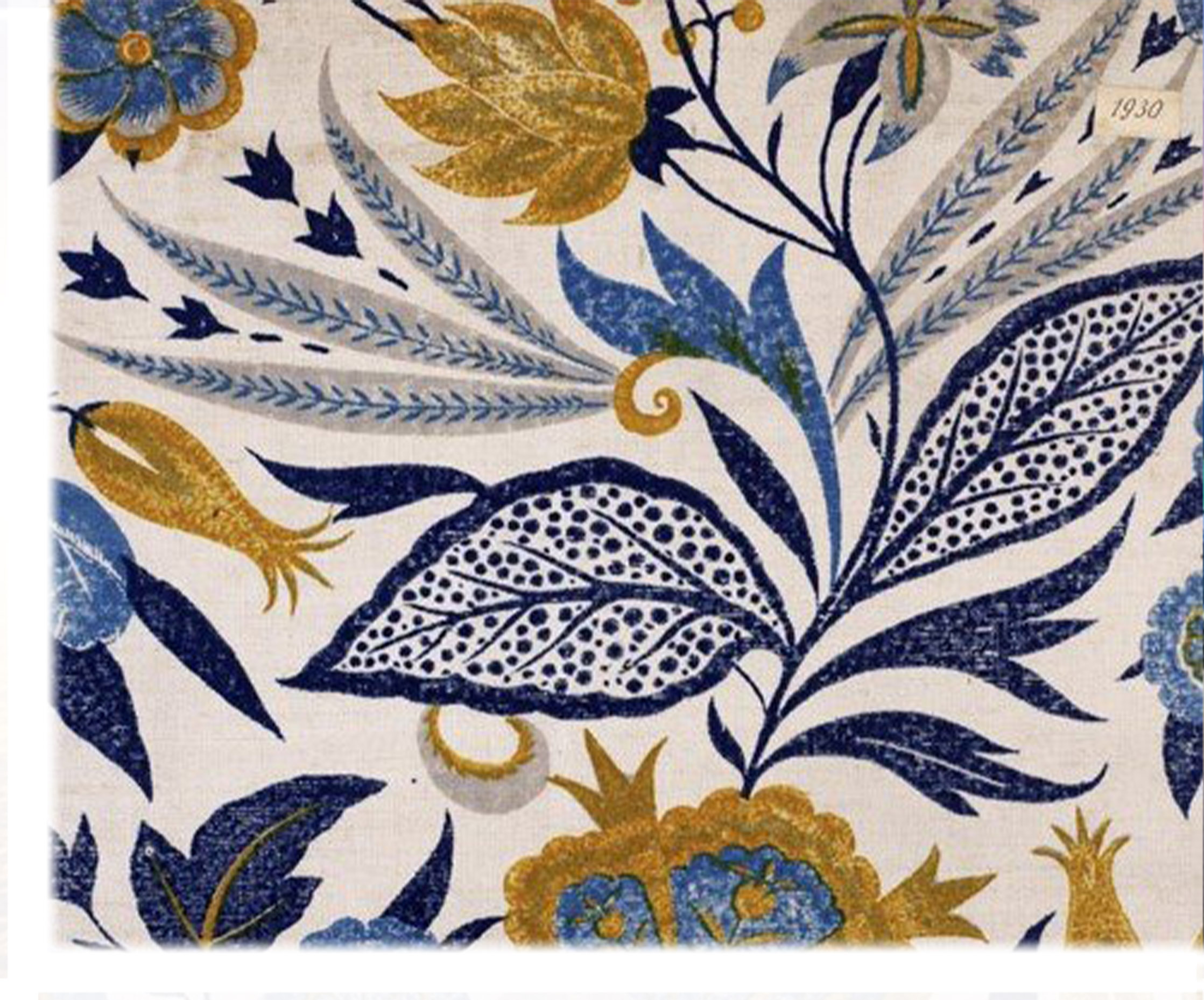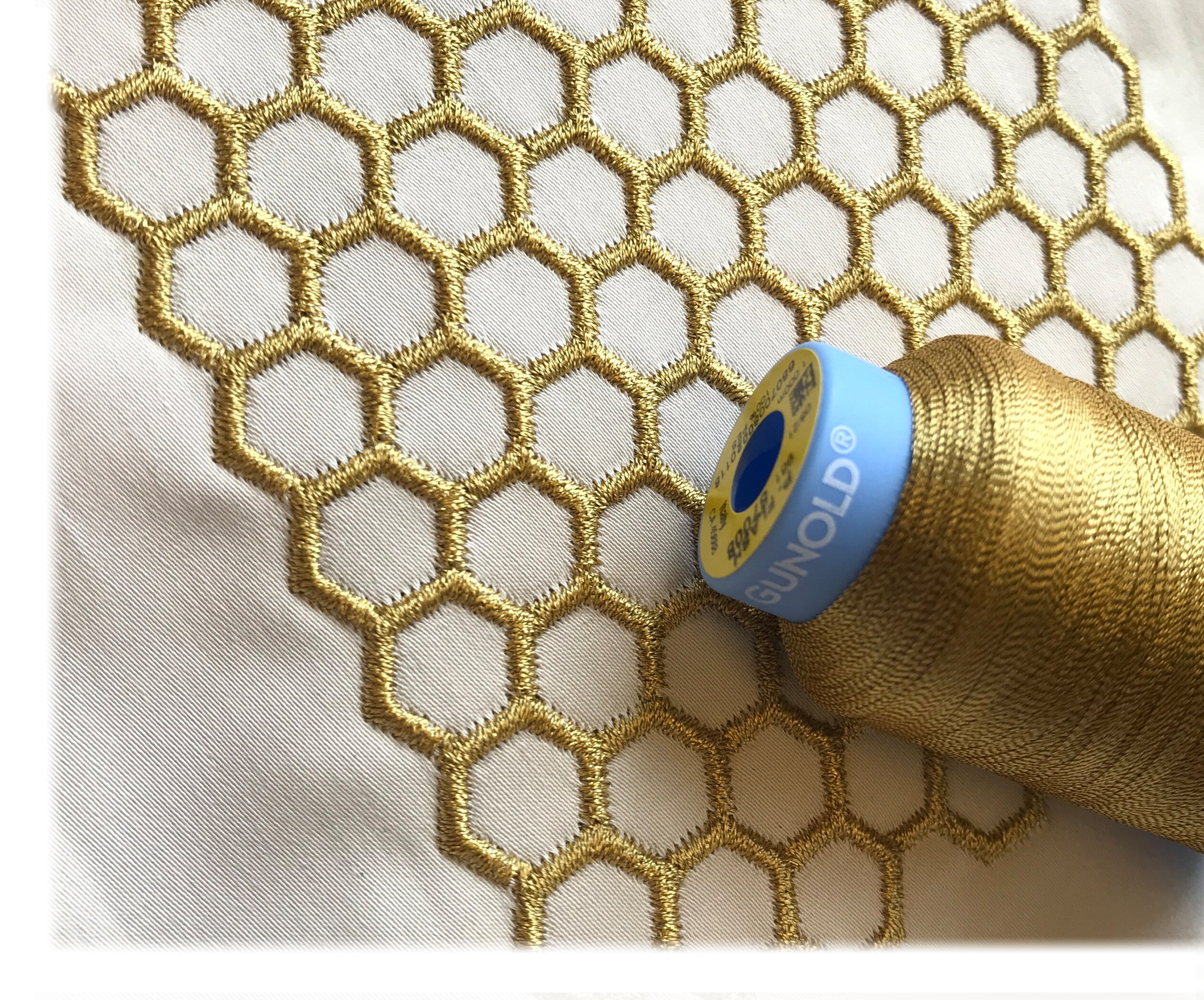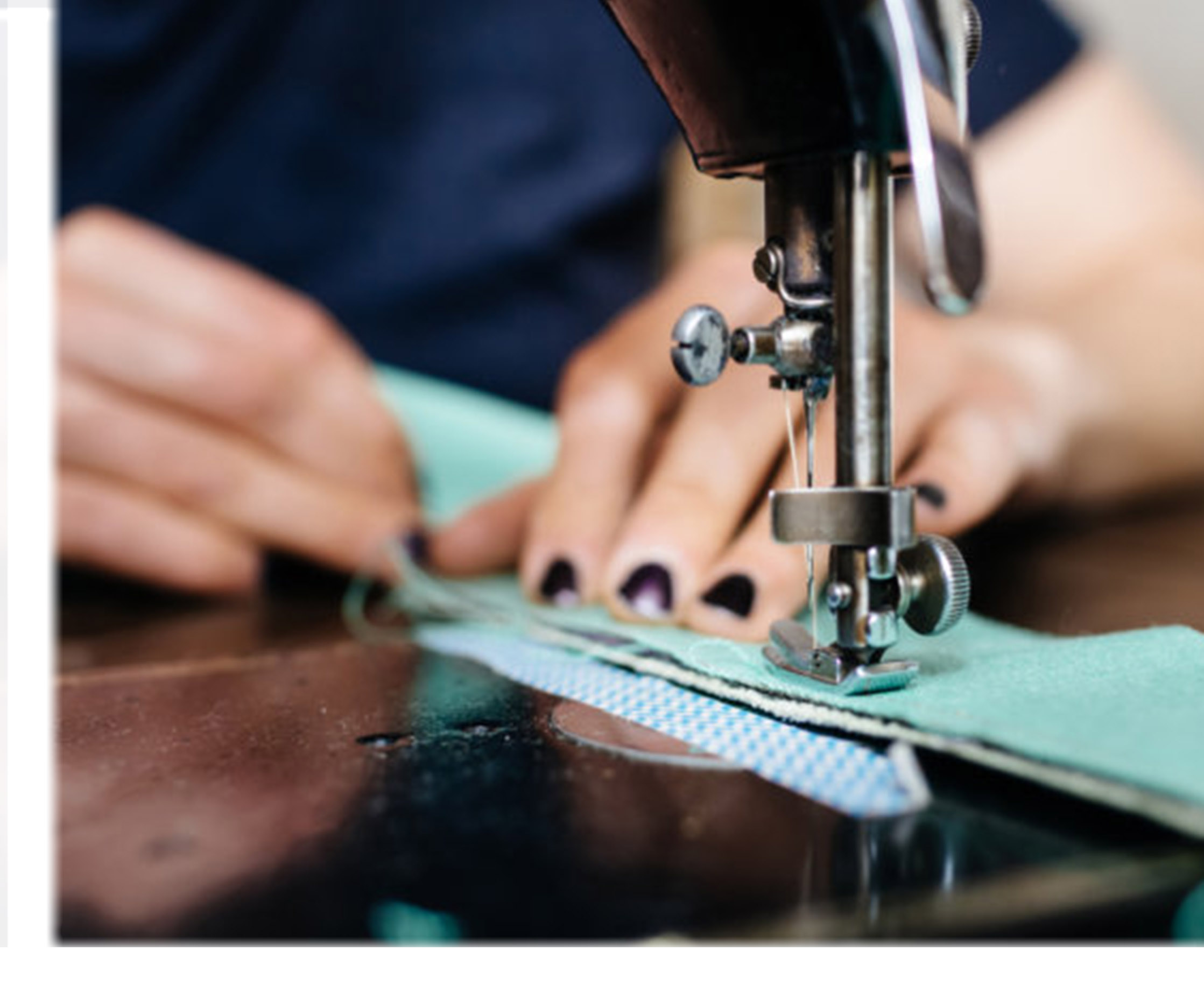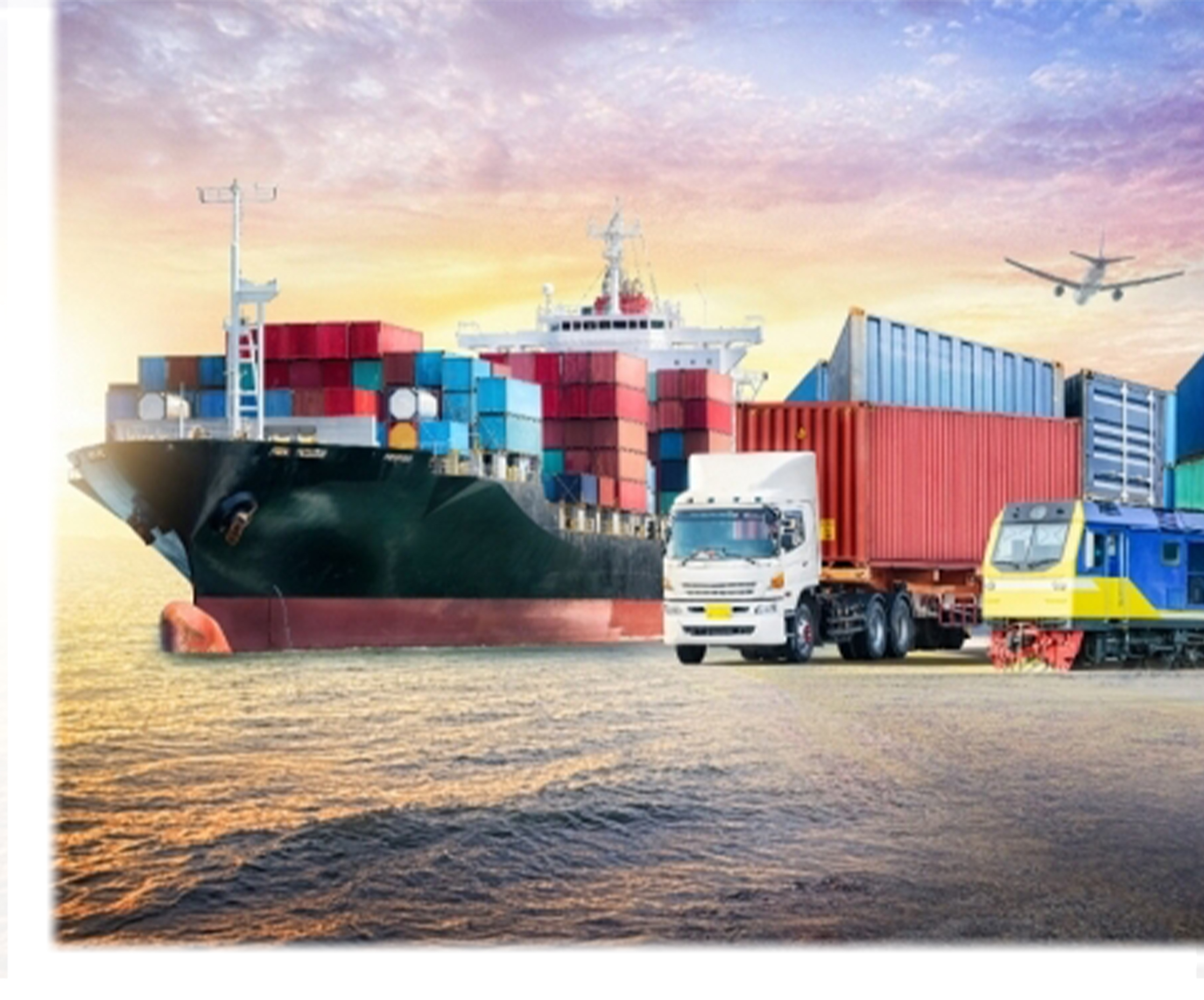DYEING
A dyeing process is the interaction between a dye and a fibre, as well as the movement of dye into the internal part of the fibre. Generally, a dyeing process involves adsorption (transfer of dyes from the aqueous solution onto the fibre surface) and diffusion (dyes diffused into the fibre). Dyes actually migrate or diffuse into the chemical molecular structure of textile fibers in order to develop the final color of the textile product.


